ALI HASHIM BALOCH | BRIDGING THE GAP IN POLO PHOTOGRAPHY AND PRESERVING THE SPORT'S ESSENCE
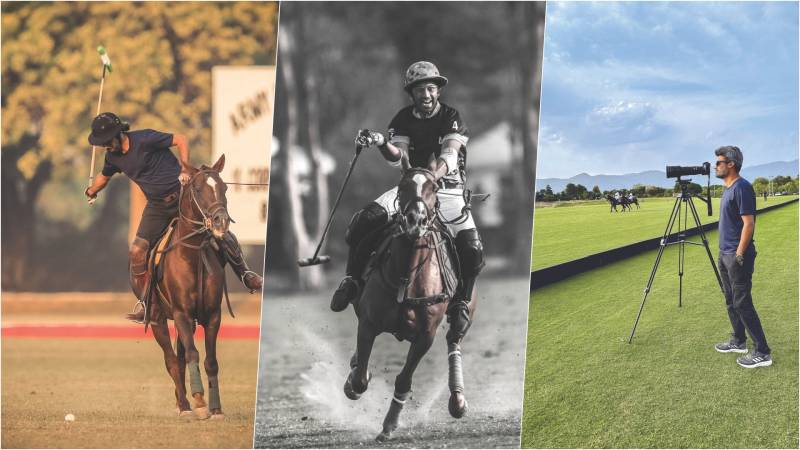
'Our country having one of the longest history in Polo, a lot of work yet needs to be done in preserving the sport'
Meet Hashim Baloch a talented polo photographer who combines his passion for the sport with his expertise in visual arts and media. In this interview, Hashim shares his journey into polo photography, highlighting the gap he noticed in the sport's representation and his desire to elevate its standards. He discusses the challenges of capturing the fast-paced nature of polo and shares insights into the techniques and equipment he employs to capture the action and intensity of the game. While polo photography is his primary focus, Hashim also engages in content production within the realms of fashion and corporate sectors. He also reveals his fascination with specific tournaments and offers advice to aspiring polo photographers on capturing the essence of the sport.
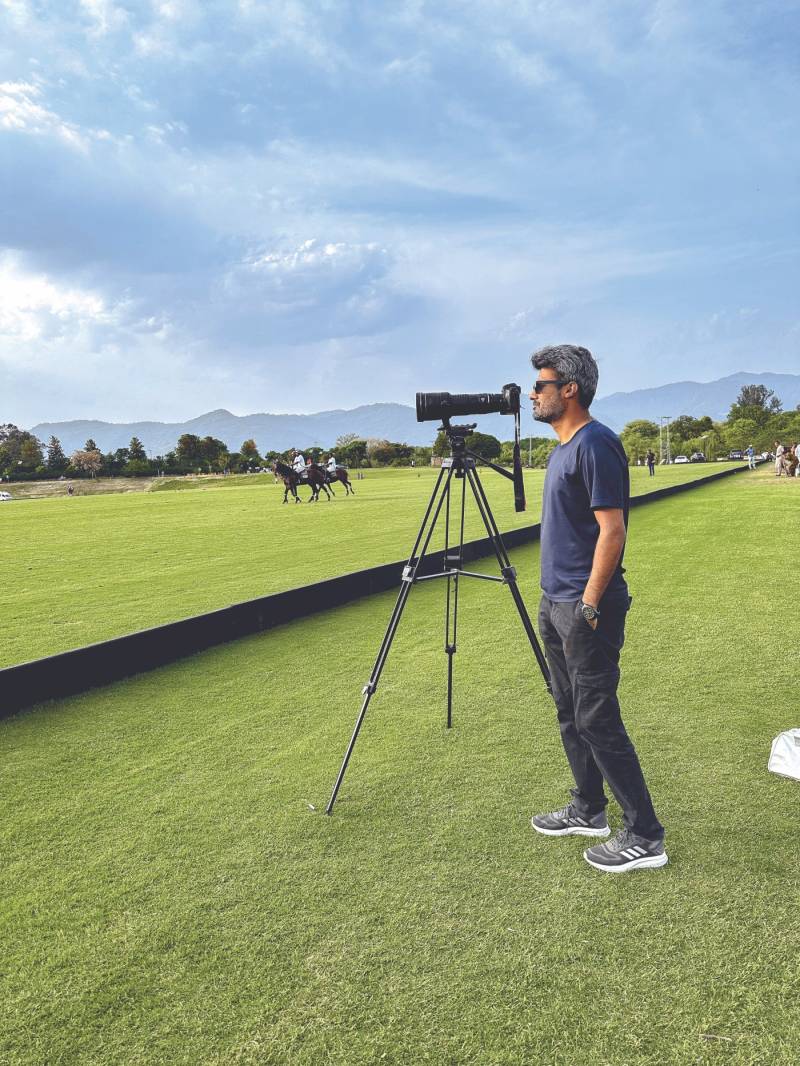
Hi Hashim! Could you please introduce yourself to our readers? What initially drew you to polo photography?
Hi, this is Hashim Baloch aka HB Polo. Polo is an incredibly dynamic and fast- paced sport, with horses galloping across the field and players executing super strategic maneuvers. Horsemanship at its finest. Coming from a background in polo, my practice in the sport has been intermittent. Simultaneously, I
embarked on a journey in visual arts and media, particularly focusing on film and photography. With a strong affection for the sport, I came to realise that there was a significant gap in the sport's representation in marketing and the digital sphere. Despite the presence of great local players, super competitive tournaments, international-standard fields, foreign players, top-tier polo ponies in our country, the content being produced didn't quite do justice to the sport's essence. For me, the potential for elevating the standards was evident. And hence I began a humble attempt, bringing together my passion and profession combined to the table.
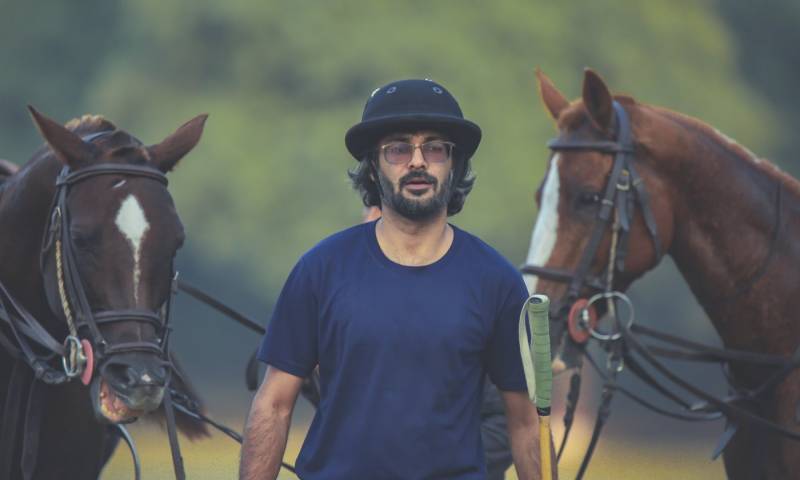
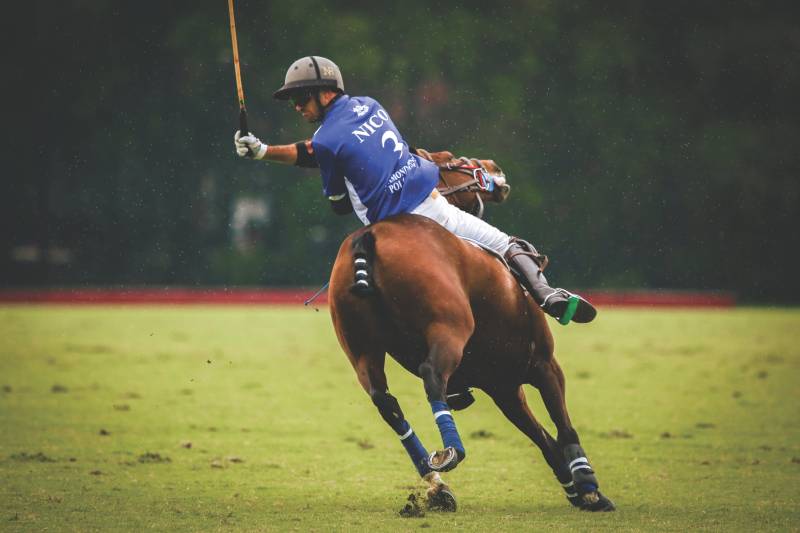
What is the most challenging part of photographing a fast-paced sport like polo?
Polo photography presents the major challenge which is to follow the speed and unpredictability of the game. You can be following a player going at 65 km/hr and he can hit a cracking backhand shot which can turn the direction of the game completely. Nailing the right settings, composition, and timing requires skill and practice. Overcoming these challenges and consistently producing high-quality images can be incredibly satisfying, but at the same time there’s a lot you have to keep in regard while taking the perfect shot.
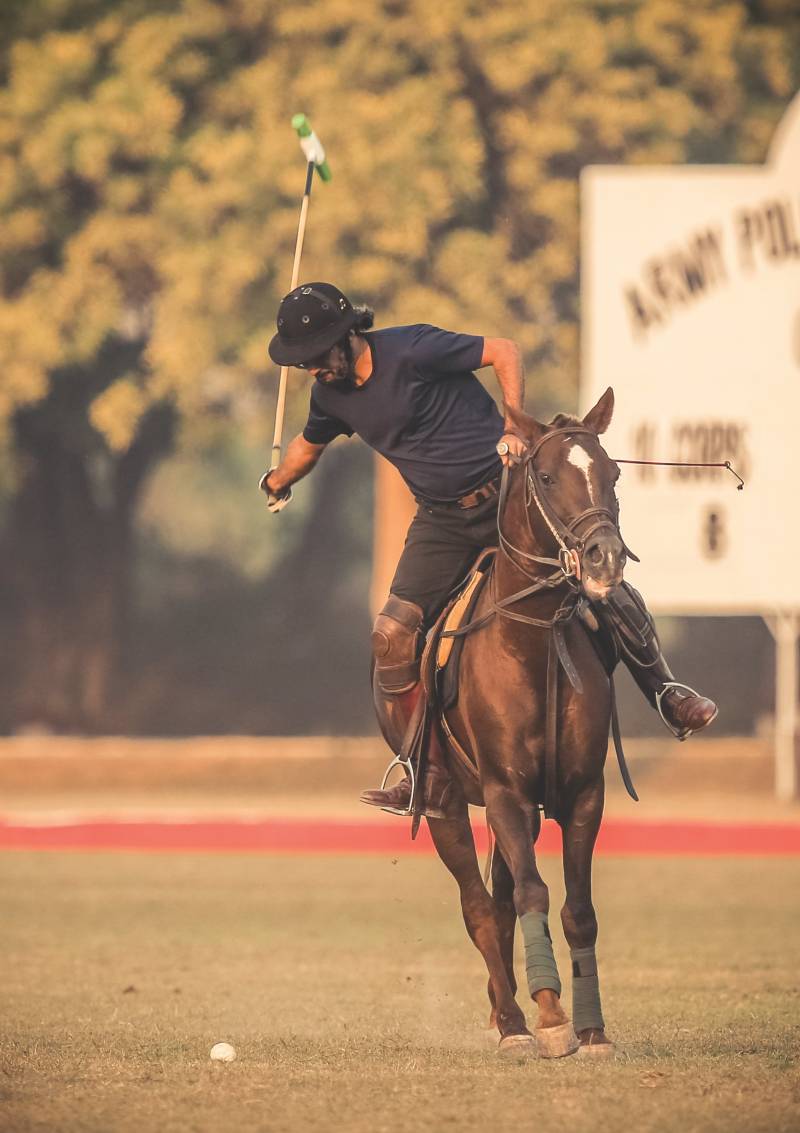
'Despite the presence of great local players, super competitive tournaments, international-standard fields, foreign players, top-tier polo ponies in our country, the content being produced didn't quite do justice to the sport's essence'
Are there any specific techniques or equipment you use to capture the action and intensity of the game?
Majorly, the word ‘technique’ in this field can be generalised to developing an eye, in sync with the plays happening. I personally have a taste for shooting against the sun which is very challenging for the eyes, and not everyone likes it since its more on the silhouette style of photography. But of course, there’s some work for the heart and some for the pockets.
The equipment is also different, since it’s a huge field which you have to cover. It mainly involves tele lenses, just like other field sports or wildlife photography.
Photography is a vast field from fashion, beauty to wedding. Are there any other sports or subjects that you enjoy photographing aside from polo?
I’ve been engaged in content production within the realms of fashion and corporate sectors. This includes crafting TV commercials, digital video campaigns (DVCs), documentaries, and promotional content for different brands and designer names. Have worked with Netflix, ISPR, Porsche, and several other major names.
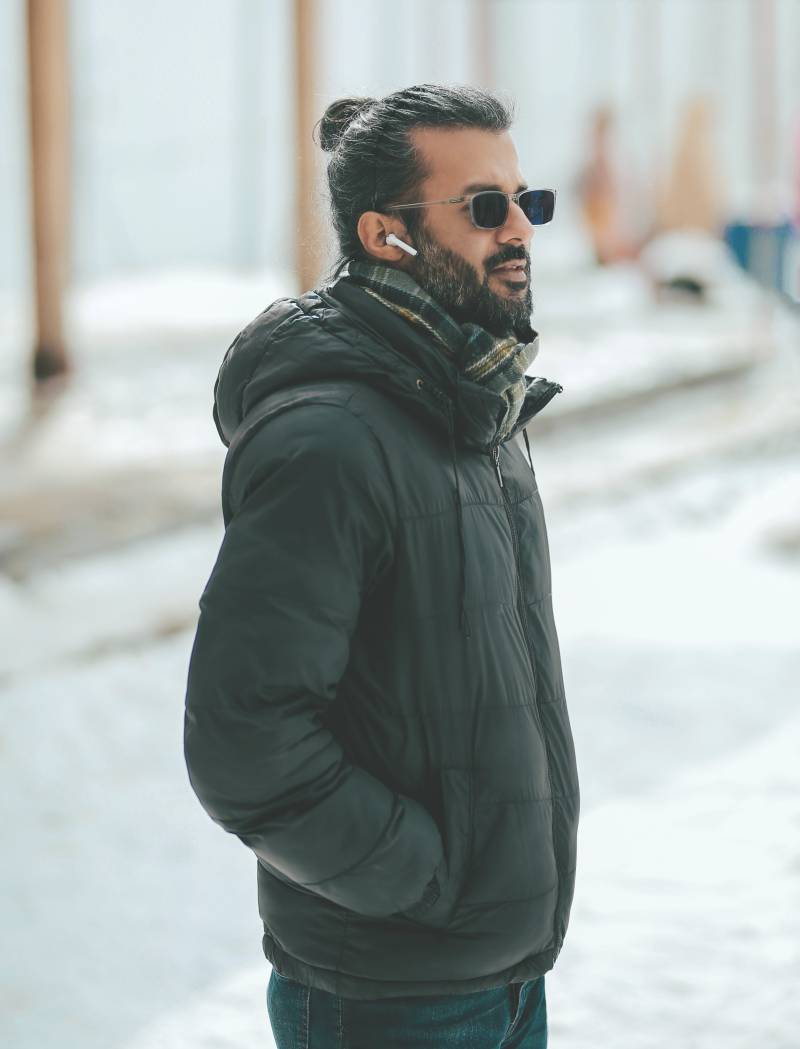
Are there any particular strategies you employ to capture the grace and athleticism of the horses during a match?
As such, no. Pay attention to the moments when a horse and rider lean into turns, reminiscent of motorcycles in MotoGP. The straight sprints parallel a Derby-like intensity. The way they brake, one could almost see the smoke arising from their hooves. I can keep going poetic, but in essence, a polo horse embodies the spirit of a martial artist, among all equine sports. With so much unfolding, it's a mesmerizing spectacle that leaves little room for strategising – you're left awestruck, simply observing and capturing what you can.
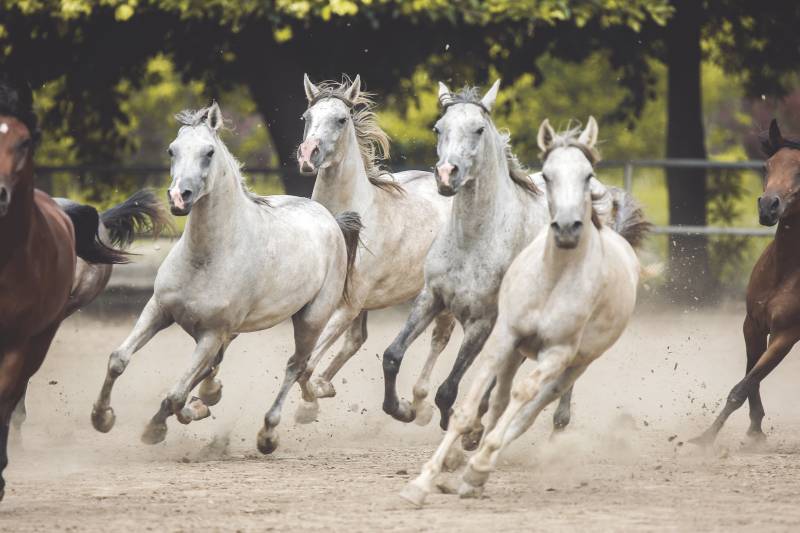
What role does photography play in preser ving the history and legacy of polo?
Photography and filming play a vital role in preserving polo's history and legacy by documenting key moments in the sport, capturing traditions, and immortalising players and horses. These images educate, inspire, and connect past, present, and future generations to the evolution and significance of polo, athletic excellence, and of course good sportsmanship. Our country having one of the longest history in Polo, a lot of work yet needs to be done in preserving the sport.
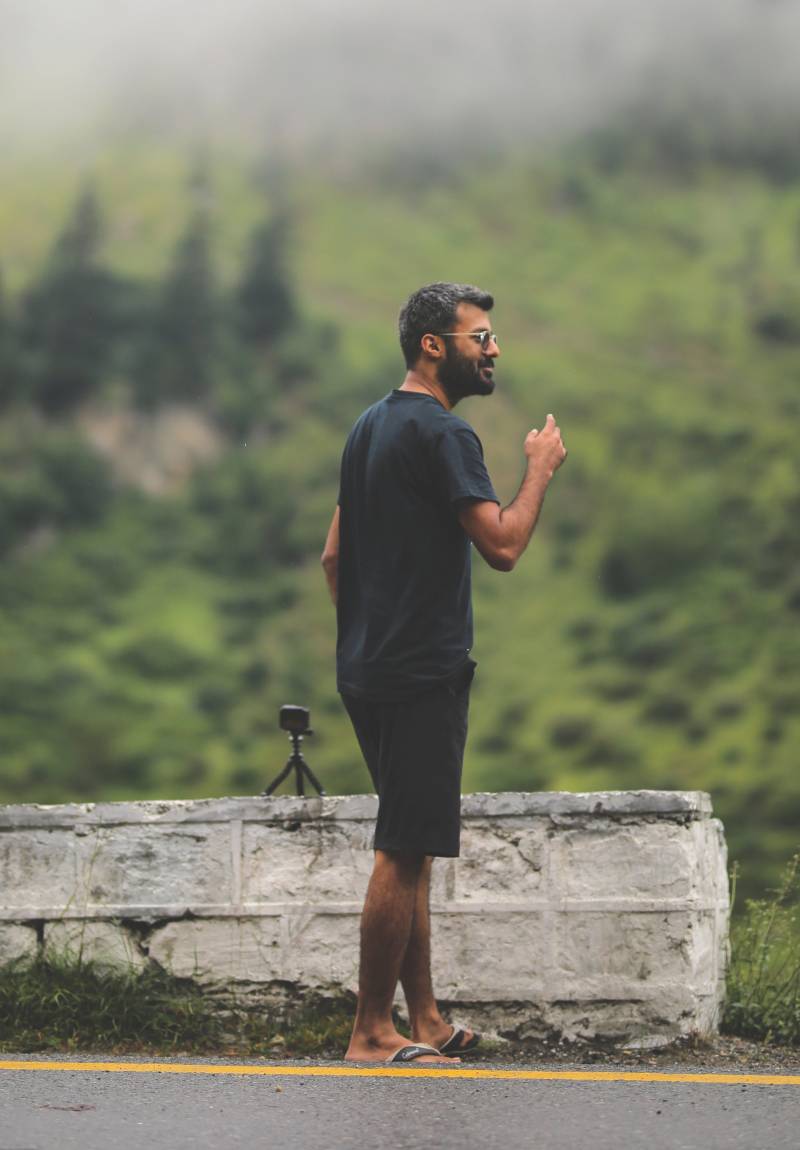
Are there any specific locations or tournaments that you find particularly captivating to photograph?
Yes. Any country’s National Open is the most exciting tournament in the country. So is the Pakistan National
Open for me. Diverse team lineups, high-stakes competition, skilled commentary, interactive fan engagement, player stories, and accessible viewing options. These elements create a lot of drama and enhances the excitement and enjoyment for both polo enthusiasts and a broader audience. Moreover, it is Shindur Polo Festival and the Polo World Cup that I yet aspire to shoot.
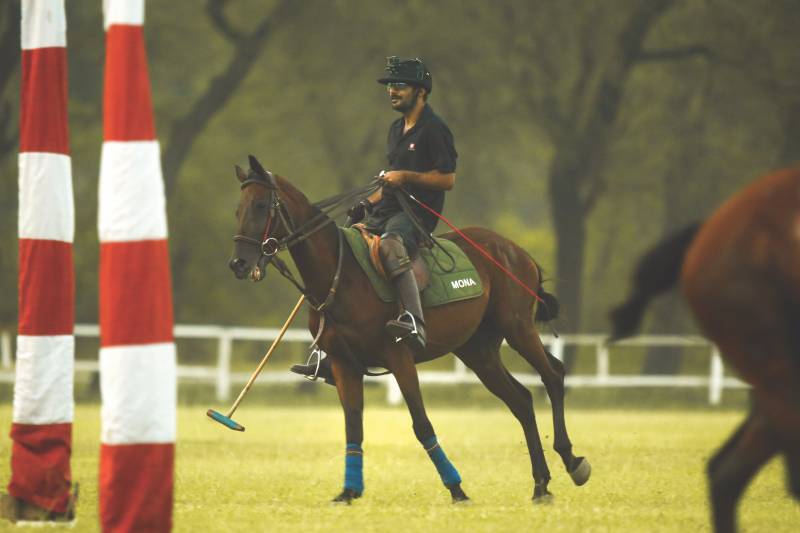
What advice would you give to aspiring polo photographers who want to capture the essence of the sport?
It starts if you have a love for horses and sports. Develop an understanding of the sheer elegance that is at play, and keep improving the understanding of the sport and its dynamics, so you can anticipate the key moments in the game. The technical part can be easily developed.
INTERVIEW: SAFA ADNAN
PHOTOS: COURTESY ALI HASHIM BALOCH
